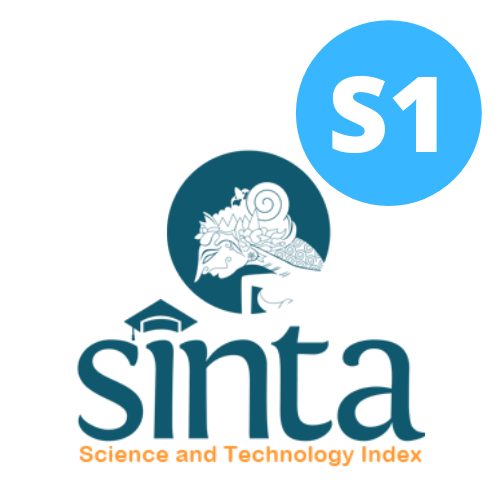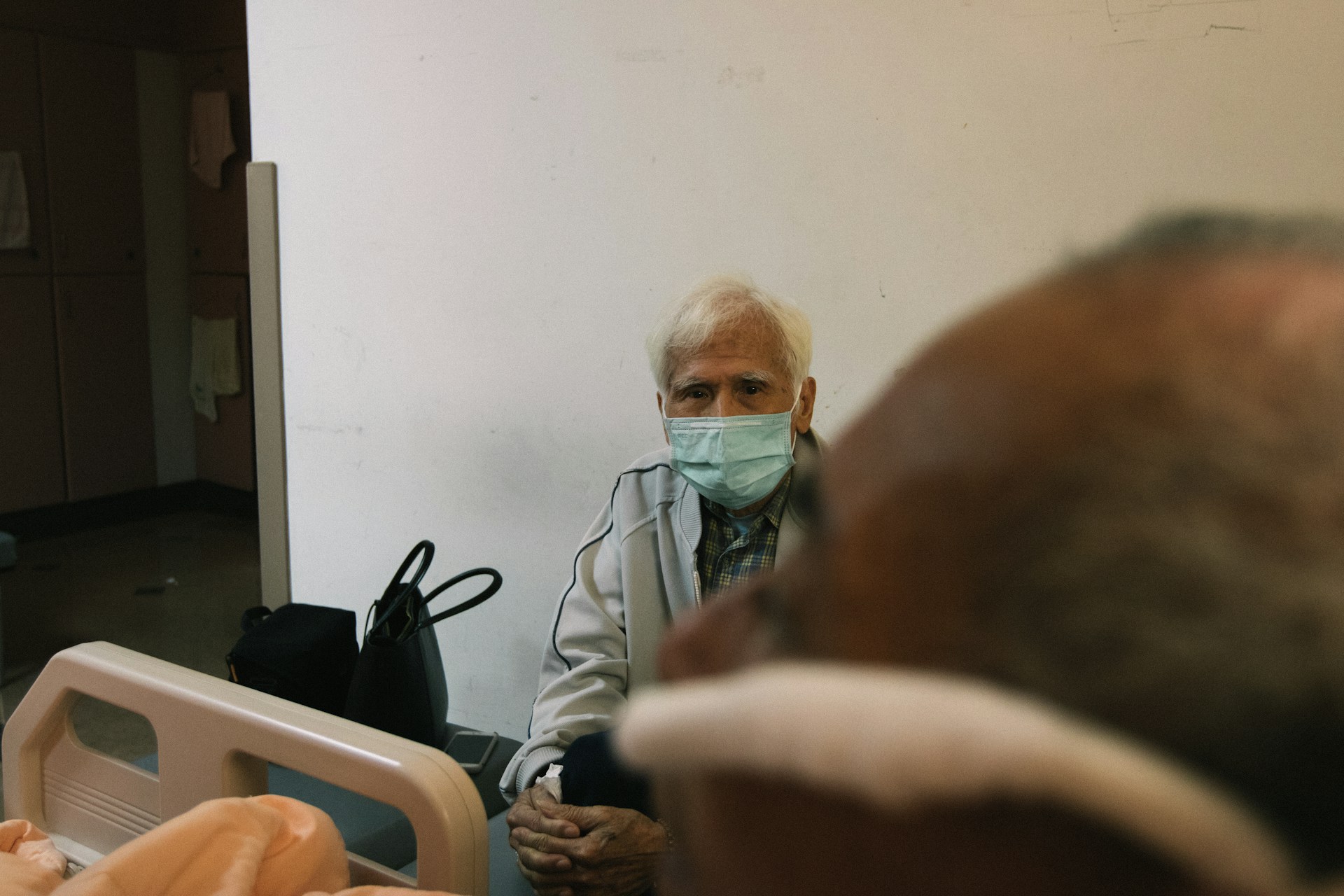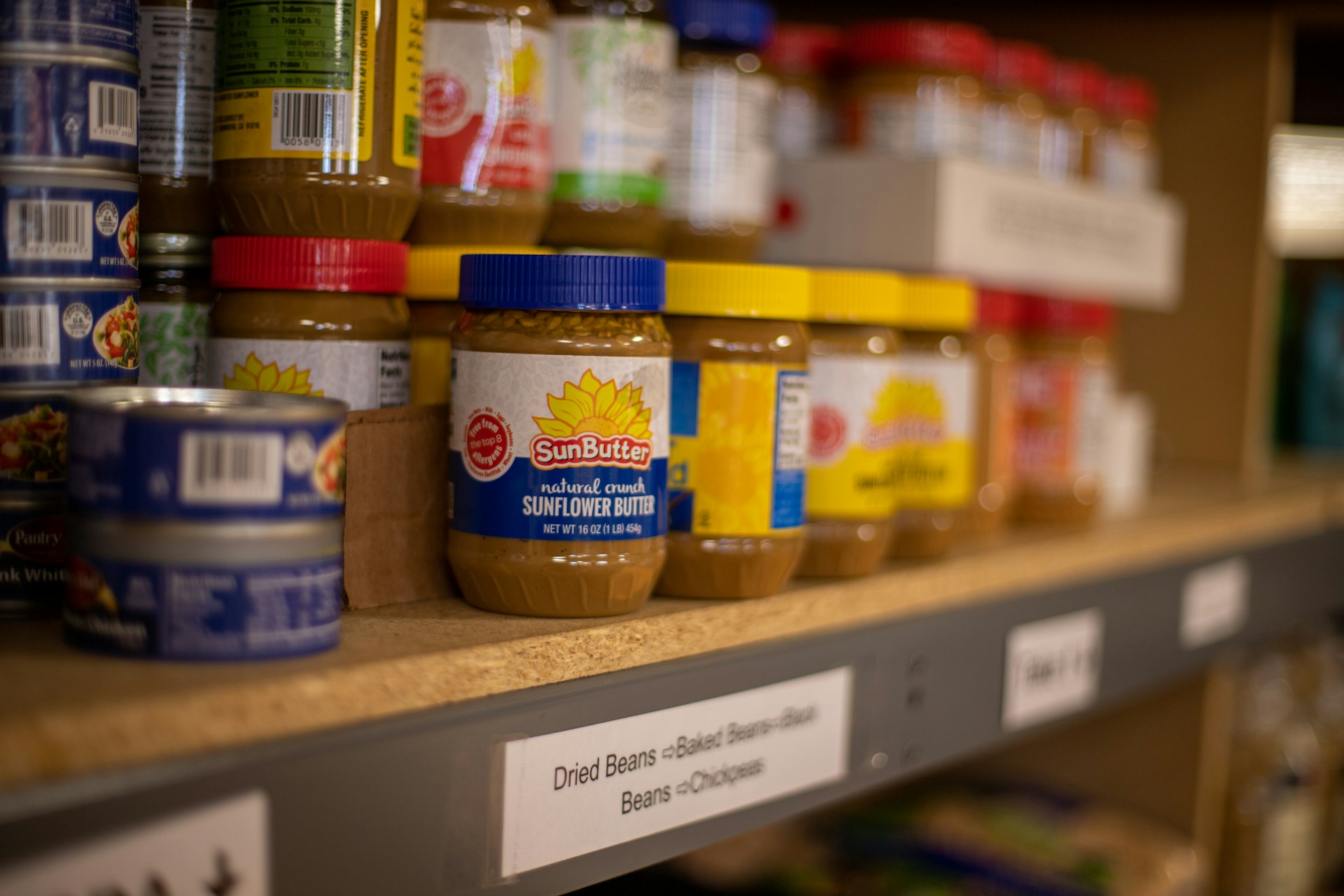Nutritional Status and Motor Development of Toddlers Aged 24-59 Months in Agricultural Area of Semarang District
Status Gizi dan Perkembangan Motorik Balita Usia 24-59 Bulan di Wilayah Pertanian Kabupaten Semarang

Downloads
Background: Poor nutritional status during the growth and development of toddlers is irreversible. It can affect the inadequate functioning of various body systems, including the nervous and muscular systems that play a role in motor development. The trend of food intake in agricultural areas is vegetable consumption, while low animal protein intake will affect the nutritional status and development of toddlers.
Objectives: This study aimed to analyze the correlation between nutritional status and motor development in toddlers aged 24-59 months in agricultural areas.
Methods: This was a cross-sectional study with a sample size of 65 subjects aged 24-59 months in Sumowono, Semarang Regency, Central Java. The variables studied were nutritional status weight-for-age z-scores (WAZ), weight-for-height z-scores (WHZ), and height-for-age z-scores (HAZ) measured using digital and microtome scales, as well as gross motor and fine motor development measurements with observations and interviews based on the Standard of Child Development Achievement (STPPA) questionnaire. Univariate and bivariate data were then analyzed statistically using the Spearman rank correlation test.
Results: Based on anthropometric measurements, 10.8% of toddlers were underweight; 1.5% were overweight; 4.6% were wasting; 9.2% had a possible risk of being overweight; and 40% were stunted. A total of 15.4% of toddlers had severe gross motor delays, and 13.8% had fine motor delays. WAZ (p-value=0.003; r=0.366) and HAZ (p-value<0.001; r=0.633) had relationships with gross motor skills. Both WAZ (p-value=0.019; r=0.291) and HAZ (p-value<0.001; r=0.719) also had relationships with fine motor skills. However, there was no relationship between WHZ with gross motor (p-value=0.935) and fine motor (p-value=0.168).
Conclusions: Toddlers with good nutritional status (WAZ and HAZ) will have good gross and fine motor development.
Davidson, S. M., Khomsan, A. & Riyadi, H. Status gizi dan perkembangan anak usia 3-5 tahun di Kabupaten Bogor. J. Gizi Indones. 8, 143–148 (2020).
Damayanti, D., Pritasari & Lestari, N. T. Gizi dalam Daur Kehidupan. (Kementerian Kesehatan RI, 2017).
Zogara, A. U. Faktor-Faktor Yang Berhubungan Dengan Status Gizi Balita Di Desa Kuanheum, Kabupaten Kupang. Kupang J. Food Nutr. ... 1, 164–178 (2021).
Kiram, P. H. Y. Belajar Keterampilan Motorik. (Prenada Media Group, 2019).
Ardaria, M. & Nuryanto. Hubungan Status Gizi dan Asupan Besi dan Seng terhadap Fungsi Motorik Anak Usia 2-5 Tahun. J. Nutr. Heal. 2, (2014).
Aulina, C. N. Buku Ajar Metodologi Pengembangan Motorik Halus Anak Usia Dini. Umsida Press 1–186 (2021) doi:10.21070/2017/978-979-3401-56-0.
Suhartini, R., Haniarti & Majid, M. Hubungan Status Gizi Dengan Perkembangan Motorik Kasar Anak Umur 1-3 Tahun Di Posyandu Bunga Cengkeh Desa Puncak Harapan Kecamatan Maiwa. J. Ilm. Mns. Dan Kesehat. 1, 177–188 (2018).
Afifah, P. A. Hubungan Pola Makan dan Status Gizi dengan Perkembangan Anak Usia Prasekolah di Desa Gunungrejo Kecamatan Singosari Kabupaten Malang. (Universitas Brawijaya, 2018).
Peraturan Menteri Kesehatan Republik Indonesia Nomor 2 Tahun 2020 Tentang Standar Antropometri Anak.
Sumartini, E. Studi Literatur : Riwayat Penyakit Infeksi dan Stunting pada Balita. J. Kesehat. Mahardika 9, 55–62 (2022).
World Health Organization. World Health Statistics 2018. (WHO, 2018).
Kementerian Kesehatan Republik Indonesia. Riset Kesehatan Dasar 2018. Badan Penelitian dan Pengembangan Kesehatan 674 (2018).
Kementerian Kesehatan RI. Buku Saku Hasil Studi Status Gizi Indonesia (SSGI) Tahun 2022. https://www.litbang.kemkes.go.id/buku-saku-hasil-studi-status-gizi-indonesia-ssgi-tahun-2021/ (2022).
Badan Pusat Statistik. https://www.bps.go.id/istilah/index.html?Istilah%5Bberawalan%5D=P&Istilah_page=7.
Supardi, N. Gizi pada Bayi dan Balita. (2023).
Astuti, Y., Magdalena, A. & Aisyaroh, N. Narrative Review : Faktor-Faktor yang Mempengaruhi Picky Eater pada Anak Usia Prasekolah. J. Pendidik. Sej. dan Ris. Sos. Hum. 3, 207–214 (2023).
Saputri, U. A. Hubungan Pengetahuan, Pola Asuh Ibu dan Kejadian Stunting pada Balita Usia 6-24 Bulan di Daerah Pertanian : Telaah Sistematis. (Universitas Diponegoro, 2021).
Badan Pusat Statistik Kabupaten Semarang. Kabupaten Semarang dalam Angka tahun 2022. (2022).
Badan Pusat Statistik Kabupaten Semarang. Kecamatan sumowono dalam Angka tahun 2022. (2022).
Bupati Semarang. Rencana Kerja Pemerintah Daerah Kabupaten Semarang Tahun 2022. 21 (2021).
Kementerian Pendidikan dan Kebudayaan Nasional RI. Peraturan Menteri Pendidikan dan Kebudayaan Republik Indonesia Nomor 137 Tahun 2014 tentang Standar Nasional Pendidikan Anak Usia Dini. Peraturan Menteri Pendidikan Dan Kebudayaan Republik Indonesia (2014).
Amin, M. Al & Juniati, D. Klasifikasi Kelompok Umur Manusia Berdasarkan Analisis Dimensi Fraktal Box Counting dari Citra Wajah dengan Deteksi Tepi Canny. MATHunesa 2, 33–42 (2017).
Departemen Pendidikan Nasional. Undang-Undang Republik Indonesia No. 20 Tahun 2003 tentang Sistem Pendidikan Nasional. (2003). doi:10.24967/ekombis.v2i1.48.
Kompas. Daftar UMR Semarang 2023 Terbaru, Kota dan Kabupaten Semarang. Kompas https://money.kompas.com/read/2022/12/08/134356126/daftar-umr-semarang-2023-terbaru-kota-dan-kabupaten-semarang (2022).
Peraturan Menteri Pendidikan, Kebudayaan, R. dan T. R. Peraturan Menteri Pendidikan, Kebudayaan, Riset dan Teknologi RI Nomor 5 tahun 2022 tentang Standar Kompetensi Lulusan pada Pendidikan Anak Usia Dini, Jenjang Pendidikan Dasar, dan Jenjang Pendidikan Menengah.
Kementerian Pendidikan dan Kebudayaan. Pedoman Penilaian Pembelajaran Pendidikan Anak Usia Dini. Direktorat Pembinaan Pendidikan Anak Usia Dini (2015).
Ristanti, E., Harahap, P. S. & Subakir, S. Faktor Yang Mempengaruhi Status Gizi Pada Balita Di Wilayah Kerja Puskesmas Paal V Kota Jambi. J. Healthc. Technol. Med. 6, 742 (2020).
Rahayu, A., Fahrini, Y. & Setiawan, M. I. Buku Ajar Dasar-Dasar Gizi. (CV Mine, 2020).
Pedalaman Kecamatan Silat Hulu, W. et al. Faktor risiko kejadian stunting pada anak umur 6-36 bulan di Wilayah Pedalaman Kecamatan Silat Hulu, Kapuas Hulu, Kalimantan Barat. J. Gizi dan Diet. Indones. (Indonesian J. Nutr. Diet. 3, 119–130 (2016).
Amanda, A. Hubungan Asupan Zat Gizi (Energi, Protein, Besi, dan Seng), Stunting dan Stimulasi Psikososial dengan Status Motorik Anak Usia 3-6 Tahun di PAUD Wilayah Binaan Puskesmas Kecamatan Kebayoran Lama Tahun 2014. (UIN Syarif Hidayatullah, 2014).
Meylia, K. N., Siswati, T., Paramashanti, B. A. & Hati, F. S. Fine motor, gross motor, and social independence skills among stunted and non-stunted children. Early Child Dev. Care 192, 95–102 (2022).
Rezky, Utami, N. W. & Andinawati, M. Hubungan Status Gizi Dengan Perkembangan Motorik Kasar Anak Usia Prasekolah di Wilayah Kerja Posyandu Kalisongo Kecamatan Dau. J. Nurs. News 2, 93–102 (2017).
Sudfeld, C. R. et al. Malnutrition and Its Determinants Are Associated with Suboptimal Cognitive, Communication, and Motor Development in Tanzanian Children. J. Nutr. 145, 2705–2714 (2015).
Amini, M., Sujiono, B. & Aisyah, S. Hakikat Perkembangan Motorik dan Tahap Perkembangannya. in Pustaka.Ut 7–10 (2020).
Anggraini, D. D. Perkembangan Fisik Motorik Anak Usia Dini. (CV Kreator Cerdas Indonesia, 2022).
Susanty N.M, M. A. Hubungan derajat stunting, asupan zat gizi dan sosial ekonomi rumah tangga perkembangan motorik anak usia 24-36 bulan di wilayah kerja puskesmas Bungangan Semarang. Journal of Nutrition College, Volume 1, Nomor 1, Tahun 2012, Halaman 327-336. http://ejour. J. Nutr. Coll. 1, 327–336 (2012).
Kakwangire, P. et al. The association between dietary diversity and development among children under 24 months in rural Uganda: Analysis of a cluster-randomised maternal education trial. Public Health Nutr. 24, 4286–4296 (2021).
Perwitasari, T. & Amalia, M. Hubungan Status Gizi terhadap Perkembangan Motorik pada Anak Usia 6-24 Bulan. J. Akad. Baiturrahim Jambi 10, 355 (2021).
Sulistyawati, A. Deteksi Tumbuh Kembang Anak. (Penerbit Salemba Medika, 2014).
Astuti, E. Faktor-Faktor yang Mempengaruhi Perkembangan Motorik pada Balita Usia 4-5 Tahun di TK Siswa Harapan Ciliwung Surabaya. STIKES William Booth Surabaya 45–53.
Copyright (c) 2024 Amerta Nutrition

This work is licensed under a Creative Commons Attribution-ShareAlike 4.0 International License.
AMERTA NUTR by Unair is licensed under a Creative Commons Attribution-ShareAlike 4.0 International License.
1. The journal allows the author to hold the copyright of the article without restrictions.
2. The journal allows the author(s) to retain publishing rights without restrictions
3. The legal formal aspect of journal publication accessibility refers to Creative Commons Attribution Share-Alike (CC BY-SA).
4. The Creative Commons Attribution Share-Alike (CC BY-SA) license allows re-distribution and re-use of a licensed work on the conditions that the creator is appropriately credited and that any derivative work is made available under "the same, similar or a compatible license”. Other than the conditions mentioned above, the editorial board is not responsible for copyright violation.












































